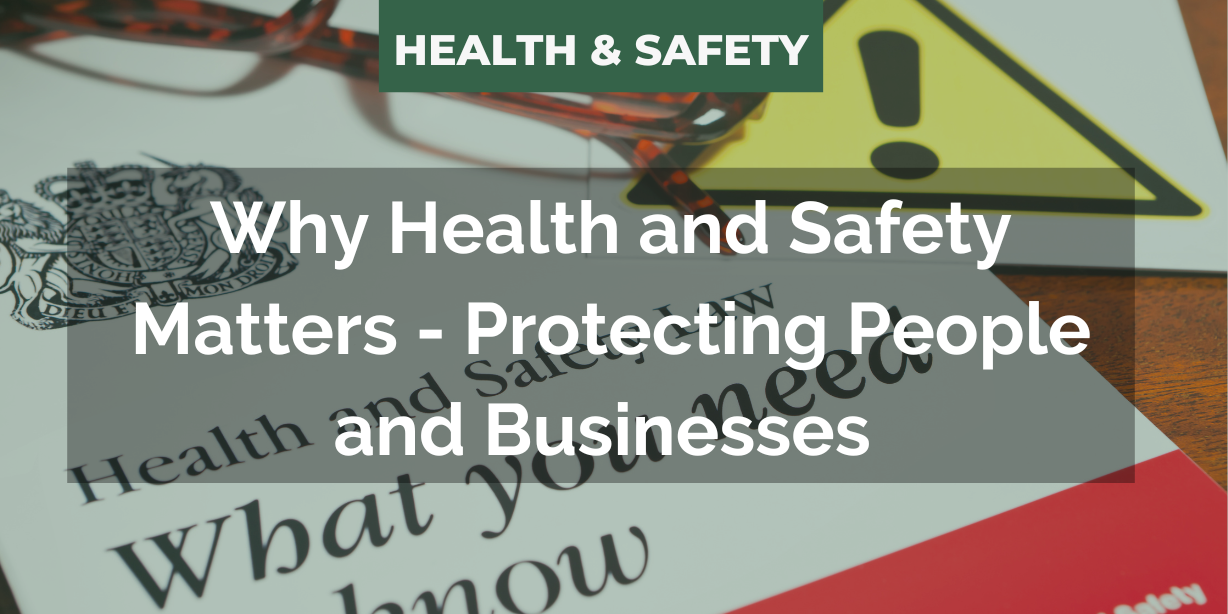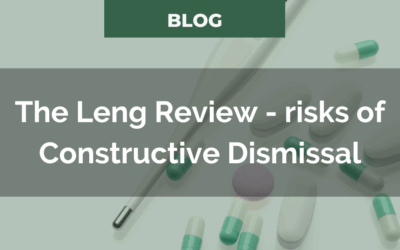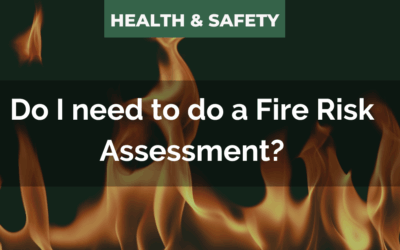Health and safety in the workplace is often considered to be bureaucratic hurdle, a mine field of red tape and a mountain of obstacles to you running your business. In reality, it is a health and safety is a vital part of running any successful business. Addressing health and safety should never be seen as a burden, it should be recognised as a key investment in both people and performance. The Health and Safety Executive (HSE) highlights that managing workplace risks effectively brings significant benefits, from reducing costs and risks to enhancing reputation and morale.
Why promote health & safety?
When a business actively promotes good health and safety practices, it creates a safer environment with less downtown time due to accidents and investigations and therefore increased productivity. Moreover, employees feel valued and protected with fewer accidents, lower absence rates, and reduced staff turnover, which of course directly contribute to financial stability and operational stability.
More importantly, fewer health and safety incidents also mean a lower risk of legal action and associated costs. This in turn leads to a reputation for responsibility which can open new opportunities and partnerships while reinforcing a positive company culture.
What are the risks of not promoting health & safety?
The consequences of poor health and safety can be severe for individuals and the organisation alike. According to the HSE’s statistics, 1.7 million working people in the UK are suffering from a work-related illness. Of those, 776,000 report work-related stress, depression or anxiety, while 543,000 suffer from musculoskeletal disorders.
Tragically, in 2022, there were 2,257 deaths due to past asbestos exposure and 138 workers were killed in workplace accidents. These figures highlight the devastating human cost of unsafe working conditions.
What is the financial impact of health & safety?
When we consider the financial element, the impact is just as stark. An estimated £21.6 billion was lost in 2022/23 due to workplace injury and ill health. This figure includes not just direct costs like fines and compensation, but also uninsured losses such as damaged equipment, staff absence, and production downtime. A staggering, 33.7 million working days were lost last year alone due to work-related illness and injury, showing just how damaging poor health and safety can be to productivity and profitability.
For businesses, the message is clear: prioritising health and safety is not only a legal and moral obligation, but a strategic advantage. Safe workplaces lead to happier, healthier, and more motivated staff. In turn, this creates a foundation for long-term success, allowing organisations to thrive while protecting the wellbeing of their most valuable asset—their people.
Health and safety is not simply about protecting people but there is a real benefit to business too. In this time of increased financial pressures, active health and safety management not only protects individuals but also the financial reserves of the business but not having to defend claims or pay out compensation.
Protecting people means protecting your business. Our Health & Safety Solution helps you manage risks, stay compliant, and create a safer, more productive workplace.
Let us take the stress out of health and safety so you can focus on running your business with confidence.
📞 Call us on 01270 781006 or get in touch to find out how we can help.




